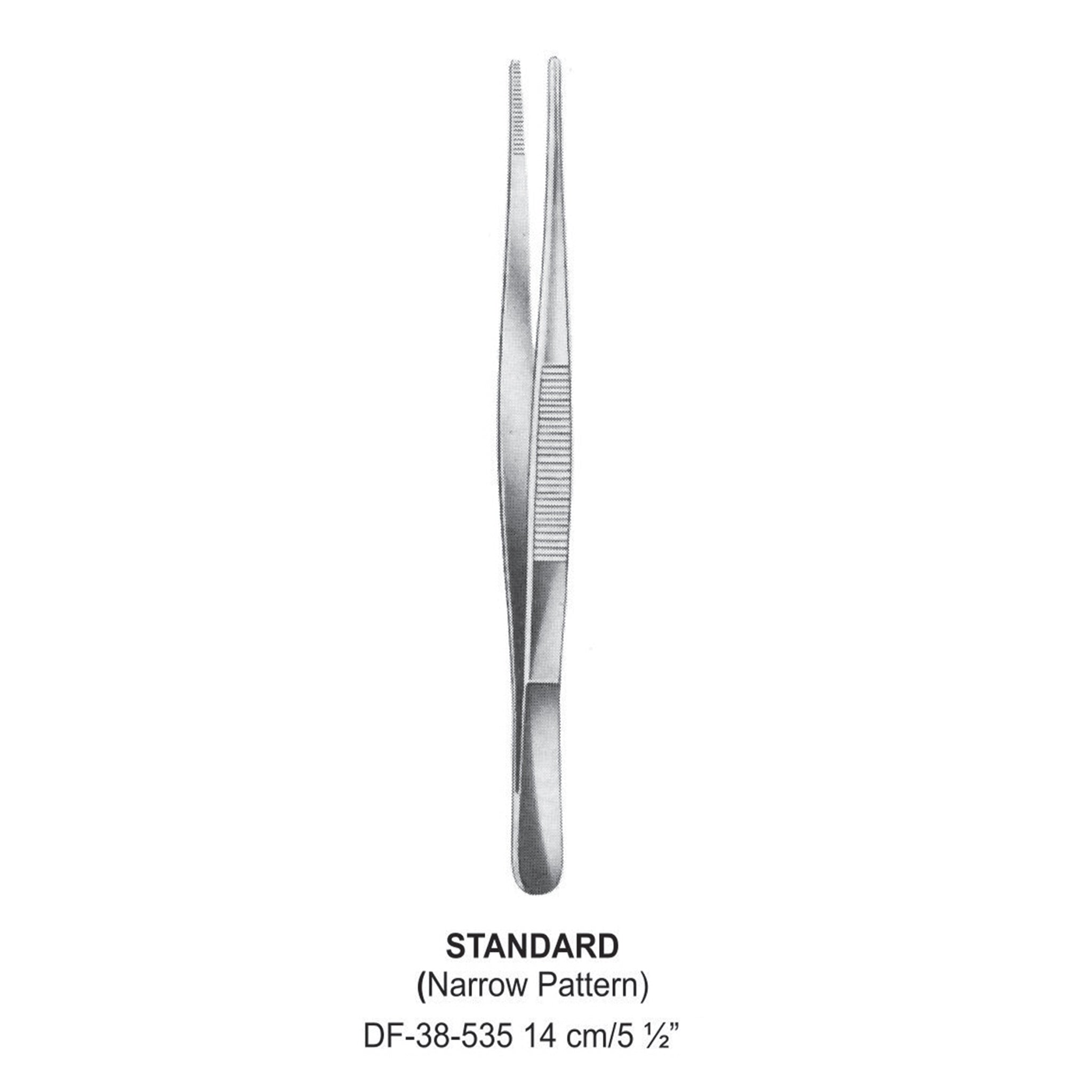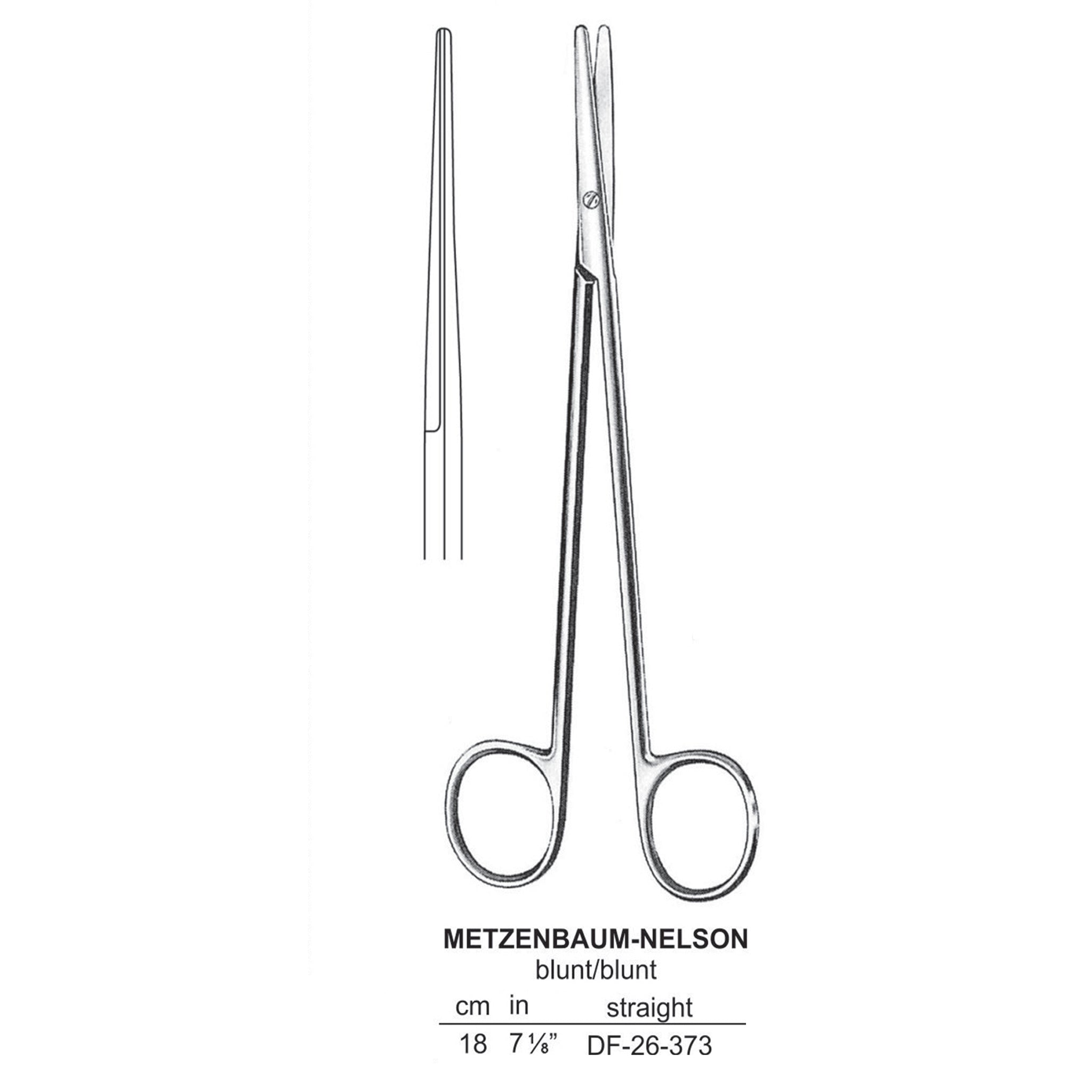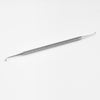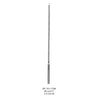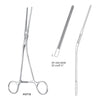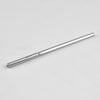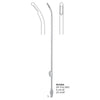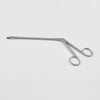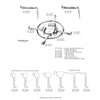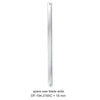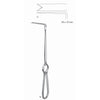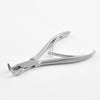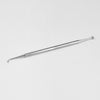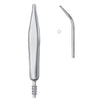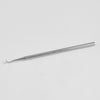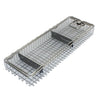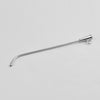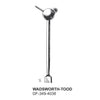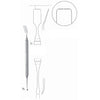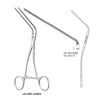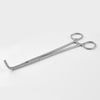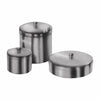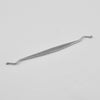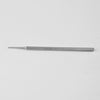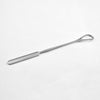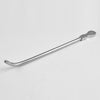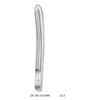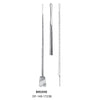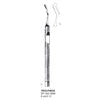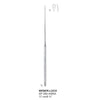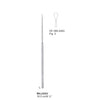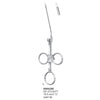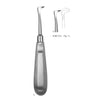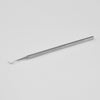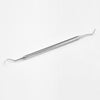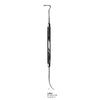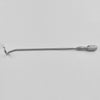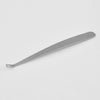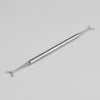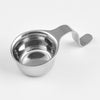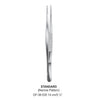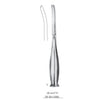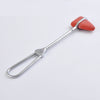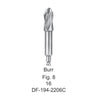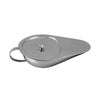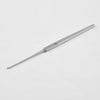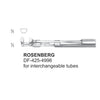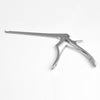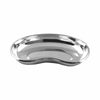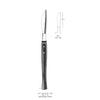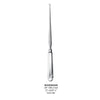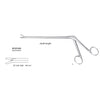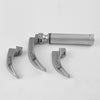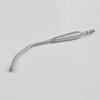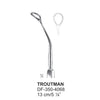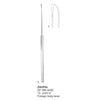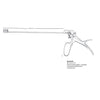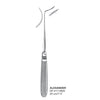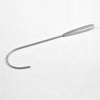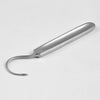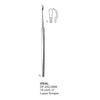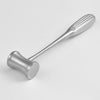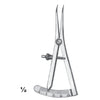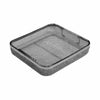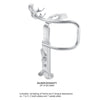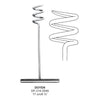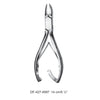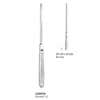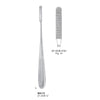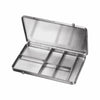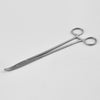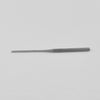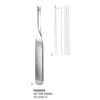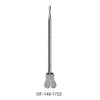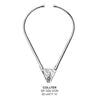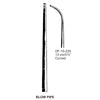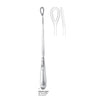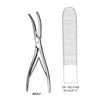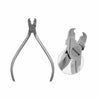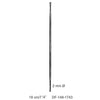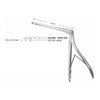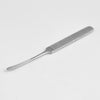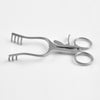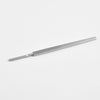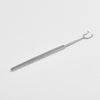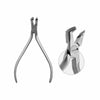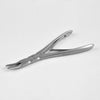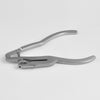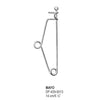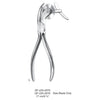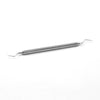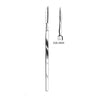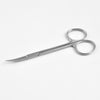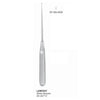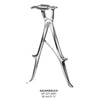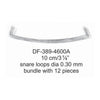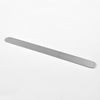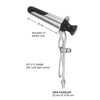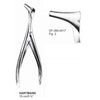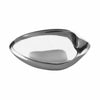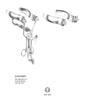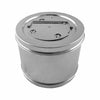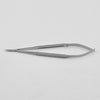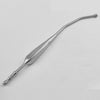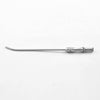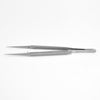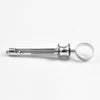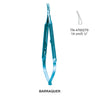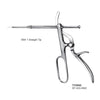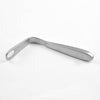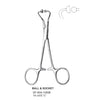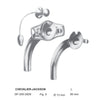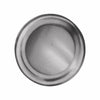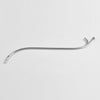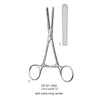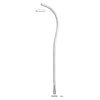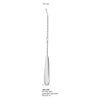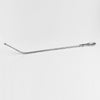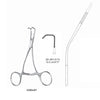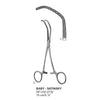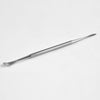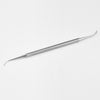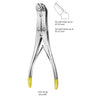The Top Dental Instruments Every Dentist Should Know
Dentists work with precision in very small spaces. Patients are most acutely aware of the dentist's skill when using certain manually powered instruments, such as the dental mirror, the dental explorer, scalers and curettes, and two kinds of forceps: dental and cotton.
What are these instruments used for?
Dentists use dental mirrors to see the teeth and gums inside a patient's mouth. The mirrors are typically small and round and have a long handle that the dentist can grip and maneuver to get a better view of the inside of the mouth.
Here are some ways that dentists use dental mirrors:
- To get a better view of hard-to-see areas: The mirror allows the dentist to see the back of teeth, the roof of the mouth, and other areas that are difficult to visualize directly.
- To inspect the teeth and gums for damage or decay: Using a mirror, the dentist can get a closer look at the teeth and gums to determine if any problems need to be addressed.
- To assist with procedures: When performing certain procedures, such as fillings or crowns, the dentist may use a mirror to help guide their work and ensure that it is done accurately.
- To show the patient what is happening in their mouth: Using a mirror, the dentist can show the patient what is happening inside their mouth and explain any problems or procedures that need to be done.
Dentists use a dental explorer tool, also known as a dental probe, to examine the teeth and gums for signs of decay, cavities, or other dental problems. The tool has a sharp, pointed end that can be used to gently probe the surface of the teeth and gums.
Here are some ways that dentists use the dental explorer tool:
- To check for cavities: The pointed end of the dental explorer tool can be used to gently probe the surface of the teeth to check for soft spots or areas of decay that may indicate the presence of a cavity.
- To check for gum disease: The dental explorer tool can measure the depth of gum pockets around the teeth. Deeper pockets may be a sign of gum disease.
- To remove plaque and tartar: The dental explorer tool can be used to remove plaque and tartar from the surface of the teeth.
- To remove debris from teeth: The pointed end of the dental explorer tool can be used to remove debris that may be stuck between teeth or in other hard-to-reach areas of the mouth.
- To locate fractures or defects in teeth: The dental explorer tool can locate cracks or defects in the teeth that may not be visible to the naked eye.
Dental scalers and curettes are specialized dental instruments used by dentists and dental hygienists to remove plaque, tartar, and other deposits from teeth and gums during a dental cleaning. There are several types of scalers and curettes used in dentistry, including:
- Universal scaler: A universal scaler is a handheld instrument with a pointed tip and a curved blade that removes large deposits of plaque and tartar from the teeth.
- Gracey curette: A Gracey curette is a dental instrument with a curved blade designed for scaling and root planing. It removes smaller deposits of plaque and tartar from the teeth and gums.
- Columbia curette: A Columbia curette is a dental instrument with a straight blade to remove plaque and tartar from the teeth and gums. It is particularly useful for removing deposits in hard-to-reach areas of the mouth.
- Barnhart curette: A Barnhart curette is a dental instrument with a curved blade designed for scaling and root planing. It is particularly useful for removing plaque and tartar from the root surfaces of the teeth.
- Jacquette scaler: A Jacquette scaler is a dental instrument with a pointed tip and a curved blade to remove plaque and tartar from the teeth and gums. It is particularly useful for removing deposits from interdental spaces.
- Chisels: Chisels are dental instruments with a straight blade that removes large deposits of calculus from the teeth.
- Hoe scalers: Hoe scalers are dental instruments with curved blades used to remove large deposits of calculus from the surface of the teeth.
Dental extraction forceps are a type of dental instrument that dentists use to extract teeth from the mouth. The forceps are designed to grip the tooth firmly and gently rock it back and forth until it loosens and can be removed. Here are the general steps involved in using dental forceps:
- Numbing the area: Before using dental forceps, the dentist will typically numb the area around the tooth that will be extracted using a local anesthetic.
- Loosening the tooth: Once the area is numb, the dentist will use an elevator instrument to loosen the tooth from the surrounding ligaments and tissues.
- Applying the forceps: The dentist will then select the appropriate dental forceps for the tooth that is being extracted. The forceps are designed to fit snugly around the tooth and grip it firmly.
- Applying pressure: The dentist will then apply gentle pressure to the tooth with the forceps, rocking it back and forth to further loosen it from the surrounding tissues.
- Extracting the tooth: Once the tooth is loose enough, the dentist will use the forceps to gently and carefully extract it from the mouth.
- Post-extraction care: After the tooth has been extracted, the dentist will provide instructions for post-extraction care to help promote healing and prevent infection.
Overall, dental forceps are an important tool for dentists to use in cases where a tooth needs to be extracted due to damage or other dental problems. With proper use, dental forceps can help dentists extract teeth safely and effectively, minimizing discomfort and reducing the risk of complications.
There is one more kind of forceps that dentists use every day.
Cotton forceps, also known as cotton pliers, are dental instruments that dentists use for various purposes, including placing and removing cotton rolls, gauze, and other materials in the mouth during dental procedures. Here's how dentists use cotton forceps:
- Placing cotton rolls: When performing certain dental procedures, such as fillings or crown preparations, dentists often need to isolate the treated area by placing cotton rolls in the mouth. Cotton forceps pick up and place the cotton rolls in the appropriate location.
- Removing cotton rolls: After the dental procedure, the dentist must remove the cotton rolls from the patient's mouth. Cotton forceps gently grasp the cotton rolls and remove them without causing discomfort or damage to the patient's teeth or gums.
- Placing gauze: During certain procedures, such as extractions or gum surgeries, dentists may need to place gauze in the patient's mouth to help control bleeding. Cotton forceps can pick up and place the gauze in the appropriate location.
- Removing excess materials: In some cases, dentists may need to remove excess material from the patient's mouth, such as an extra filling or temporary crown material. Cotton forceps can be used to gently grasp and remove these materials without causing any damage to the patient's teeth or gums.
We Have a Complete Inventory of Dental Instruments
We carry a complete inventory of dental instruments—and when we don't have an instrument in stock, we can manufacture it! Call us at +1 514 869 7747 or email us about your surgical instrument needs.


